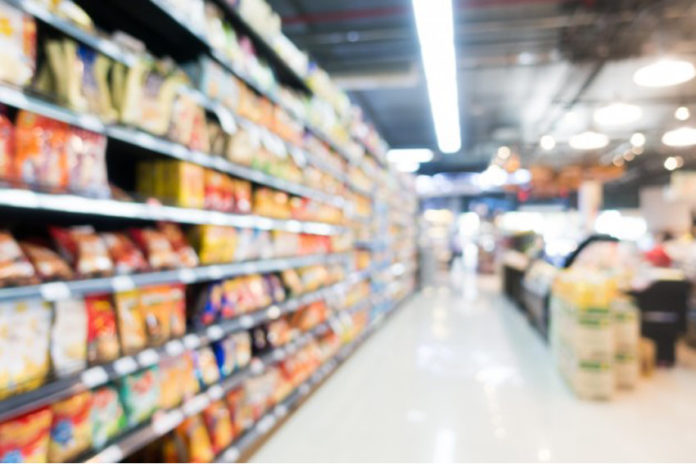What’s the difference between sodium and salt?
Salt and sodium are often used interchangeably, but they’re not exactly the same thing. Sodium is a mineral that occurs naturally in foods or is added during manufacturing or both. Table salt is a combination of sodium and chloride. By weight, it is about 40 percent sodium and 60 percent chloride.
What are common sodium sources?
Sodium occurs naturally in some foods and is often added during manufacturing. Of course, we also add it during cooking and at the table, too. Naturally occurring sodium is in foods such as celery, beets and milk. Packaged and prepared foods, like canned soups, lunch meats and frozen dinners, often have sodium added during manufacturing. This sodium might be in the form of salt or other forms of sodium (like baking soda) that show up in our food.
Overall, more than 75 percent of the sodium we eat comes from processed, prepackaged, and restaurant foods. This makes it hard to choose foods with less sodium and to limit sodium because it’s already added to food before we buy it. The rest of the sodium in our diets occurs naturally in food (about 12 percent) or is added by us when we’re cooking food or sitting down to eat. The latter makes up only about 10 percent of our total sodium intake, so even if you never use the salt shaker, you’re probably getting too much sodium.
Watch your ingredients.
Sodium comes in many forms – and it is seen on the ingredients label as “salt”, “soda” and “sodium.” And sometimes, sodium is hidden in multiple words on the label. Here are some examples of ingredients that contain sodium:
- Disodium guanylate (GMP)
- Disodium inosinate (IMP)
- Fleur de sel
- Himalayan pink salt
- Kosher salt
- Monosodium glutamate (MSG)
- Rock salt
- Salt
- Sea salt
- Sodium bicarbonate
- Sodium nitrate
- Sodium citrate
- Sodium chloride
- Sodium diacetate
- Sodium erythorbate
- Sodium glutamate
- Sodium lactate
- Sodium lauryl Sulfate
- Sodium metabisulfite
- Sodium phosphate
- Trisodium phosphate
Measure everything you eat and keep a record of the sodium you eat each day to keep within the limit that your doctor has given you.
Use measuring devices such as cups, spoons, and even a scale that measures ounces and grams to help you keep track of your sodium intake.
Read every label on the boxed, canned and frozen foods you eat. Be sure to carefully read the serving size- some amounts will surprise you with the small amount that is considered a serving.
Be aware that there is sodium in nearly everything you eat.
Veggies often contain sodium as does chicken, pork, beef, fish, and turkey. Etc.
Cheese has a surprising amount of sodium per ounce. Swiss seems to be the lowest in sodium and the choice for people having to eat low sodium.
Avoid canned vegetables, they tend to have lots of sodium, however, you can find many of the same canned items in frozen form and they will have little or no sodium.
Read labels and measure everything. Keep track of everything.
Going out to eat can be a real issue. Call ahead and ask if they offer a low sodium menu. Many restaurants have a special menu for people with gluten, nuts and sodium restrictions. However, you have to ask for it.
Also, try to eat at local places that are family owned. They tend to actually prepare the food as opposed to those nation chain restaurants that simply heat up the prepared food sent to them from some warehouse. At the family owned restaurants you can ask for a meal to be prepared to your specific requirements.
The hardest meal to do is probably Asian or Chinese. Soy sauce is horribly high in sodium. However, you can ask if they can prepare you steamed rice and plain cooked meat.
There are many no salt spices or you can even make your own, and numerous sauces with no added sodium are available.







Thank you so much for this website. It is a life saver. Do you have a book? I would like to have it right at my fingertips as my internet goes out a lot. My husband’s doctor has just put him on low sodium diet and this will be a tremendous help. Thanks, Lucy`